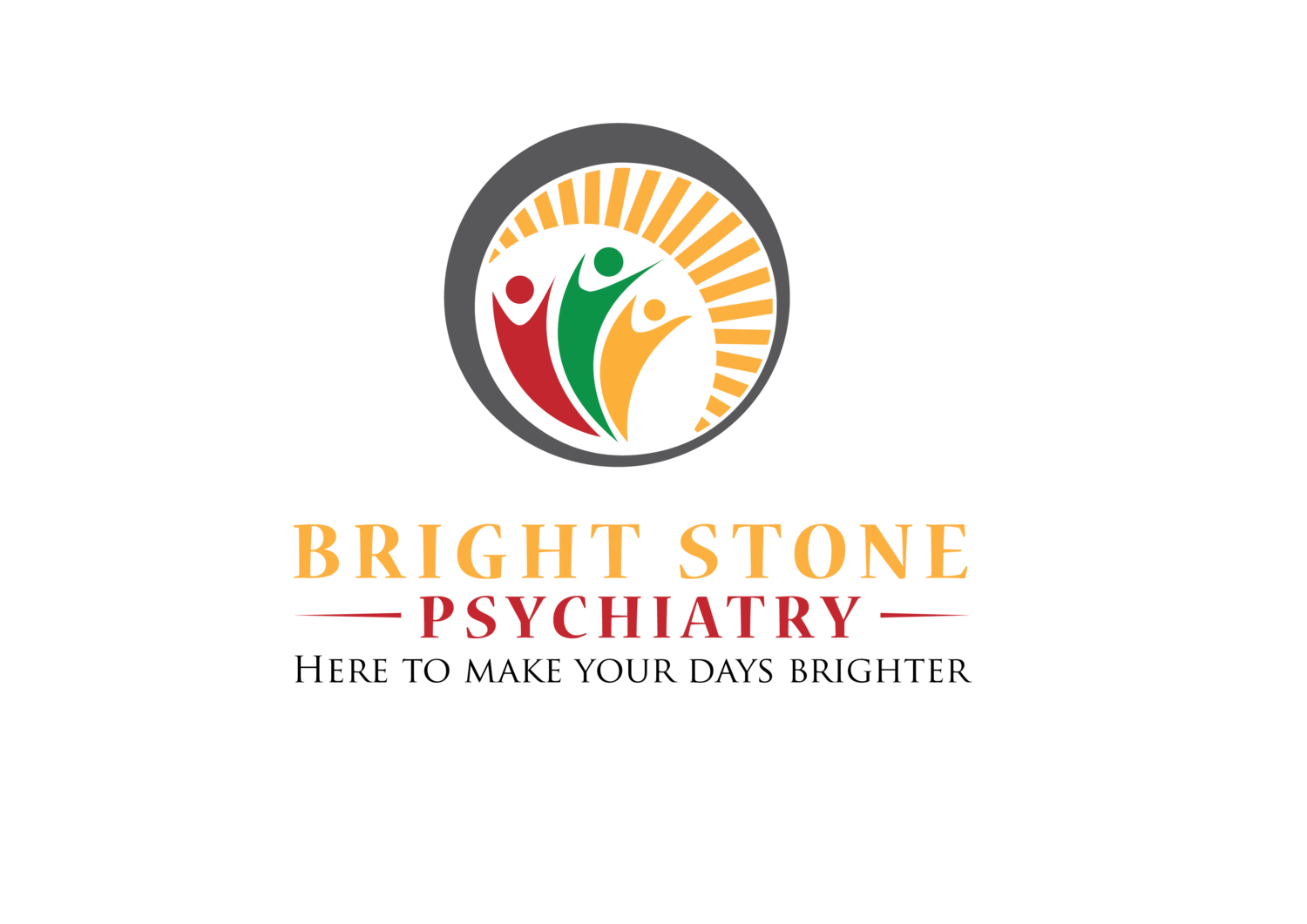How Cold Weather Can Make You Feel Depressed and What You Can Do About It
By Brightstone Psychiatry
As the temperatures drop and the days get shorter, many people experience a shift in their mood and energy levels. This is especially true for individuals who may be prone to Seasonal Affective Disorder (SAD), a form of depression that typically occurs during the colder months. The lack of sunlight, colder temperatures, and reduced outdoor activity can all contribute to feelings of sadness, isolation, and fatigue. However, there are steps you can take to help combat the winter blues and maintain your mental well-being during this challenging time.
What is Seasonal Affective Disorder (SAD)?
Seasonal Affective Disorder (SAD) is a type of depression that typically occurs during the fall and winter months when daylight hours are shorter. It affects individuals in regions with less sunlight, particularly in colder climates. While everyone may feel a little down on occasion during winter, those with SAD may experience more severe symptoms that can interfere with daily life.
Some of the most common symptoms of SAD include:
Persistent feelings of sadness or hopelessness
Loss of interest in activities you normally enjoy
Decreased energy and fatigue
Difficulty concentrating
Changes in appetite or sleep patterns
Feelings of isolation or withdrawal from others
Why Cold Weather Affects Your Mood
There are a number of reasons why cold weather and reduced daylight can impact your mood:
Reduced Sunlight Exposure: Sunlight plays a crucial role in regulating the body’s internal clock, or circadian rhythm. During the winter months, there is often less sunlight, which can lead to disruptions in your sleep-wake cycle, making it harder to feel energized and focused.
Lower Serotonin Levels: Sunlight also helps stimulate the production of serotonin, a neurotransmitter that influences mood, appetite, and sleep. Reduced sunlight can lead to lower serotonin levels, which can contribute to feelings of sadness or depression.
Lack of Physical Activity: Colder weather can make it harder to get outside and be active. Exercise is a natural mood booster, so a decrease in physical activity during winter can exacerbate symptoms of depression.
Social Isolation: The winter months often lead to more time indoors and fewer social interactions. Isolation can worsen feelings of loneliness and depression, especially for those who already struggle with mental health issues.
What You Can Do to Combat the Winter Blues
If you find yourself struggling with the effects of cold weather and reduced daylight, there are several steps you can take to improve your mood and overall well-being.
1. Get Sunlight When You Can
Even in winter, try to get outside for at least 20-30 minutes a day to expose yourself to natural sunlight. If it’s too cold outside, sit by a window to catch some rays or consider investing in a light therapy box, which simulates natural sunlight and can help regulate your body’s circadian rhythm.
2. Stay Active
Exercise is one of the most effective ways to improve your mood and boost your energy levels. Whether it’s a brisk walk, yoga, or an indoor workout, staying active helps release endorphins, which are natural mood boosters. Aim for at least 30 minutes of physical activity most days of the week.
3. Maintain a Routine
Keeping a consistent daily routine can help reduce the symptoms of depression and anxiety. Try to wake up, eat, and exercise at the same times each day. Having a structured routine can help you feel more in control and less overwhelmed by the changes in weather and daylight.
4. Stay Connected
Social isolation can worsen feelings of sadness and depression. Make an effort to stay connected with friends and family, even if it’s just a quick phone call or a virtual hangout. Participating in social activities, even if it’s online, can provide much-needed emotional support during the colder months.
5. Consider Professional Help
If you’re finding it difficult to manage your symptoms of SAD on your own, seeking professional help can make a big difference. At Brightstone Psychiatry, we specialize in helping individuals navigate the emotional challenges that come with changing seasons. Our team of experts can work with you to develop personalized treatment plans that may include therapy, medication, or lifestyle changes.
Therapy options like Cognitive Behavioral Therapy (CBT) have been shown to be effective for treating SAD by helping individuals reframe negative thought patterns and develop coping strategies. Additionally, medication like antidepressants can help regulate mood and alleviate symptoms of depression.
Brightstone Psychiatry: Here to Support Your Mental Health
At Brightstone Psychiatry, we understand that the cold weather and shorter days can have a significant impact on your mood and overall mental health. If you’re experiencing symptoms of depression or SAD, we’re here to help. Our team of experienced professionals is dedicated to providing personalized care and support to help you feel better and navigate the challenges of the colder months.
If you’re struggling with winter depression, don’t wait—reach out to Brightstone Psychiatry today to schedule a consultation. Together, we can create a treatment plan tailored to your specific needs and help you find relief.
Contact Brightstone Psychiatry
📞 Call: 832-378-8282
📧 Email: Hello@BrightStonePsychiatry.com
🌐 Visit: Brightstone Psychiatry
Remember, you don’t have to face the winter months alone. Let us help you find your way to a brighter, more balanced season.
#MentalHealth #SAD #WinterBlues #SeasonalAffectiveDisorder #BrightstonePsychiatry #SelfCare #Wellness #DepressionHelp #MentalWellness
